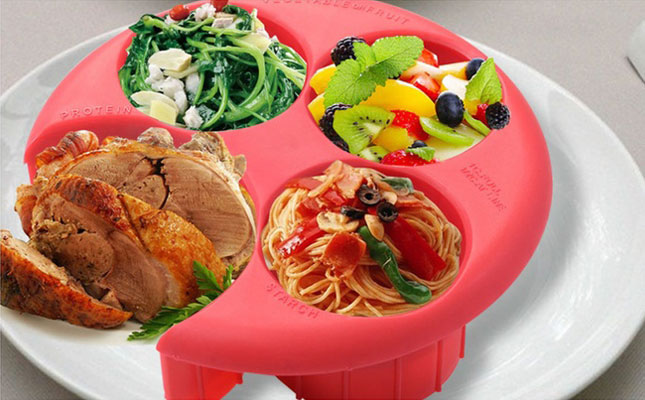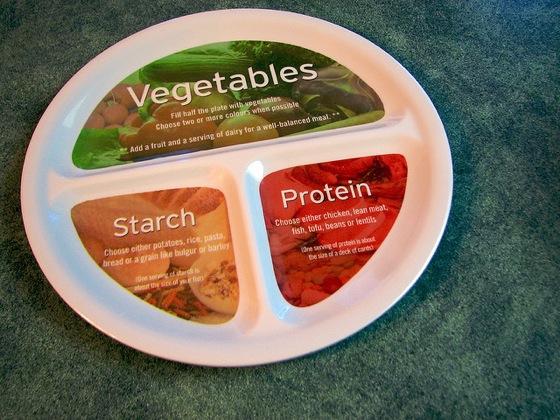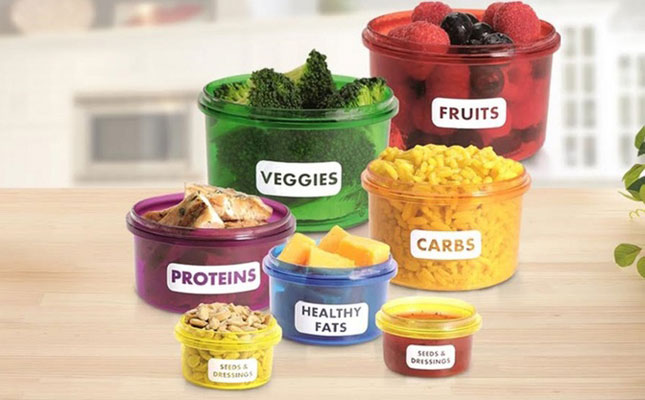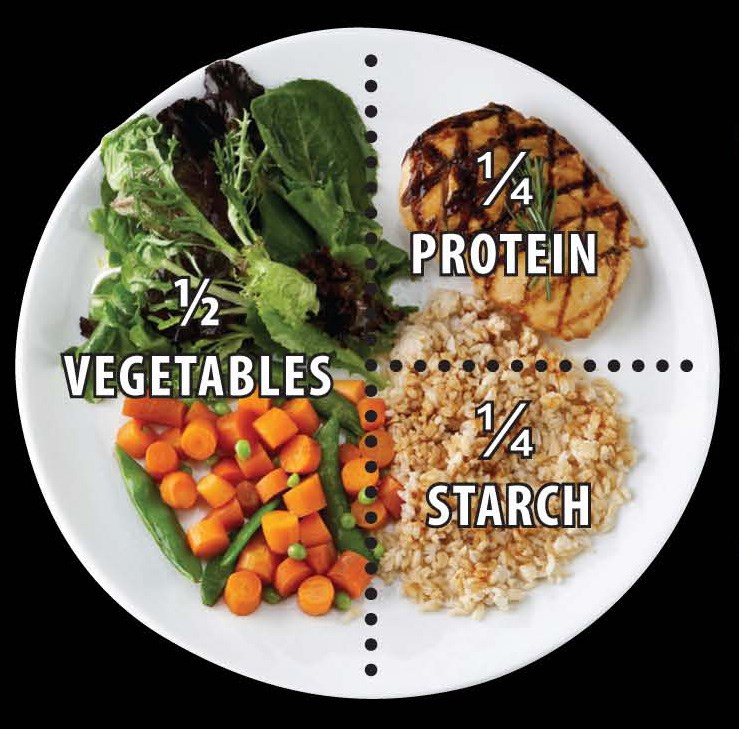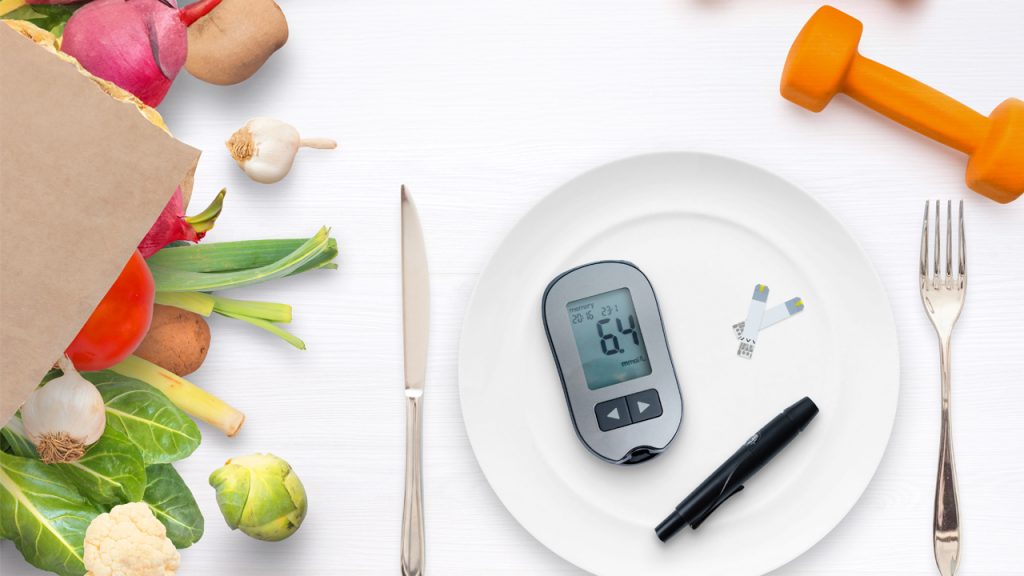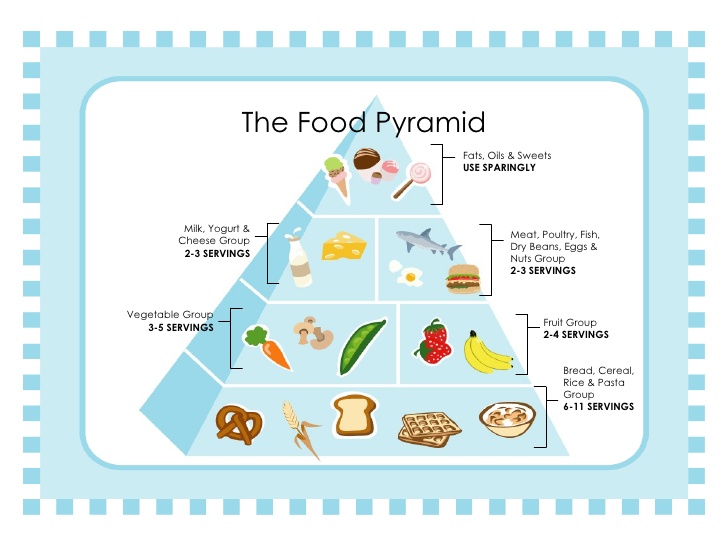 What do you know of portion size and serving size? Often we read a label saying the portion/serving size as “x” amount. But, we are seldom aware of the difference between portion and serving size? You may ask, are they really different? Yes of course! And as a consumer you should be aware of the difference between the two as it may help you in choosing your food items consciously.
What do you know of portion size and serving size? Often we read a label saying the portion/serving size as “x” amount. But, we are seldom aware of the difference between portion and serving size? You may ask, are they really different? Yes of course! And as a consumer you should be aware of the difference between the two as it may help you in choosing your food items consciously.
What is a serving size?
A serving size is average amounts that assists us in eating or helps us to decide how much to eat or identify how many calories and nutrients are present in that particular amount of food that we eat. For example we buy a packet of noodles weighing 100grams. If you carefully read the label it may say that the serving size is 75 grams only and the nutritive values for the serving will also be provided.
What is a portion size?
Portion size cannot be defined universally. It is the amount we take on our plate. It may vary according to the food we eat at different times. Thus, to continue the example given previously the serving size may be 75 grams but, you cannot really store 25 grams for the next time. So you have the whole pack for yourself. This would be the portion you choose to take on your plate.
Now eating portion size instead of serving size is not entirely wrong. Quite often it may occur that you eat several servings in one portion itself. In fact when we eat out in restaurants their portions may even exceed the servings that are recommended by the food pyramid. Further, new marketing strategies add up. The introduction of large size portions at cheaper price and meal combos or value meals has actually decreased the value of healthy, nutritious and fresh food in the consumer minds.
There are so many fast food chains that offer more food for a very slight increase in cost. Not only in restaurants but also in super markets we choose to buy bulk or opt for various offers like buy one get one free. This is a very natural consumer tendency but buying and further eating products in larger quantities itself is a major reason for gaining weight. It is the easily available large portion sizes that make you eat high fat, sugar, and thereby high calories.
Today, the portion sizes have grown so much that there is enough food for more than two people in a single plate. In fact we opt for restaurants where the dish is big enough. This kind of portion size increase is also taking place at home and is known as portion distortion. The food guide pyramid allows us to understand the different foods that we need to eat based on their nutritive value and also the proportions in which we should consume these on a regular basis.
Based on the food guide pyramid and serving size we can achieve portion control on the foods we eat. Portion control helps us to understand the nutritive value of the portion of the food, thereby how much of it should be consumed. Thus, in order to obtain a balance in the healthy and unhealthy foods that we eat it is extremely important to practice portion control in our daily routine. It helps us to control the quantity as well as the quality.
To conclude here are few tips for a better portion control in our daily life
** While choosing and eating food: Prepare and eat food at home. We tend to eat more portions in restaurants.
** Pack snack items in individual servings.
** Use a small dish which will give less space for food.
** Read labels to understand what a serving looks like. Read the number of serving per packet. Don’t start eating directly from the box. Try serving one serving per plate.
** When eating out, avoid eating supersized meals and other deals that promote overeating
** At restaurants share your meals, if not at least get the extra meal packed instead of finishing it there itself. Split your main dish with your friend. Don’t order separately.
** Prepare daily meals just for the number of people available.
** Don’t cook in bulk especially in case of sweets.
By mastering portion control and making mindful food choices, you can pave the way for a healthier lifestyle and enhance your overall well-being. Remember, it’s not just about what you eat, but also how much. So, eat smart, live smart, and enjoy a balanced and nutritious diet every day. For additional tips on diet and nutrition, explore Healthy Reads or connect with a certified expert through GOQii’s Personalised Health Coaching here. Start your journey toward a healthier life today!
#BeTheForce
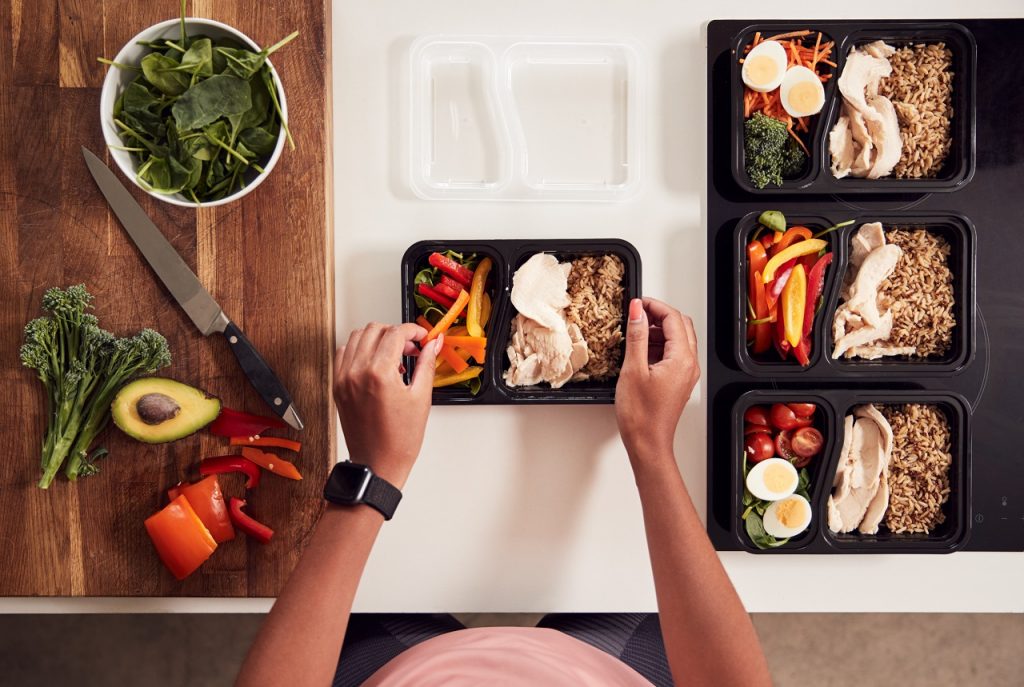 The concept of weight gain and weight loss will always remain the same, irrespective of any new theories on molecular science and diet, blood group diets, fad exercise programs, restrictive diets etc. The fact is that Your body will only use how much it needs of the food you eat for its functions. Anything extra will get stored away, leading to possible fat gain.
The concept of weight gain and weight loss will always remain the same, irrespective of any new theories on molecular science and diet, blood group diets, fad exercise programs, restrictive diets etc. The fact is that Your body will only use how much it needs of the food you eat for its functions. Anything extra will get stored away, leading to possible fat gain.